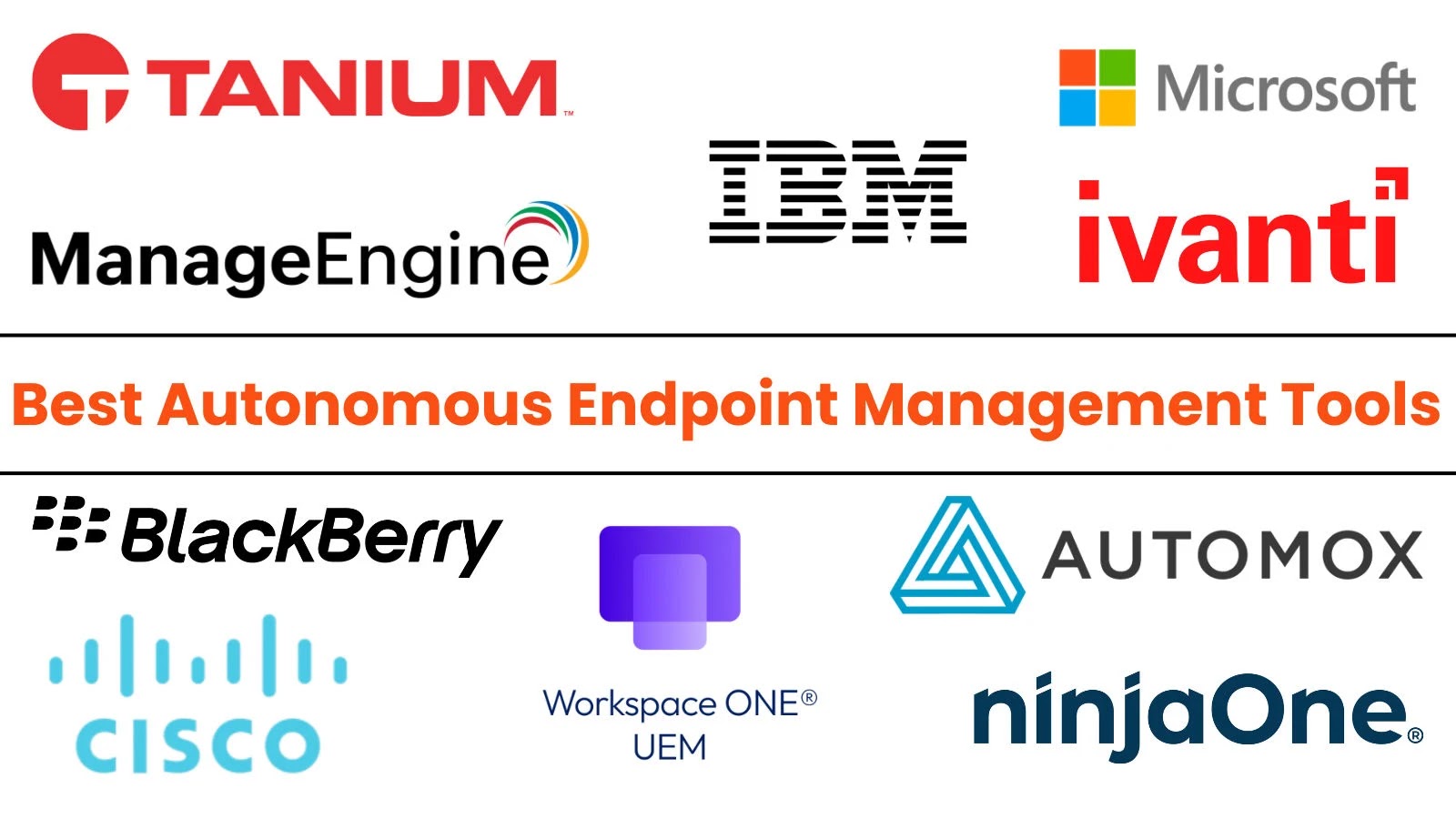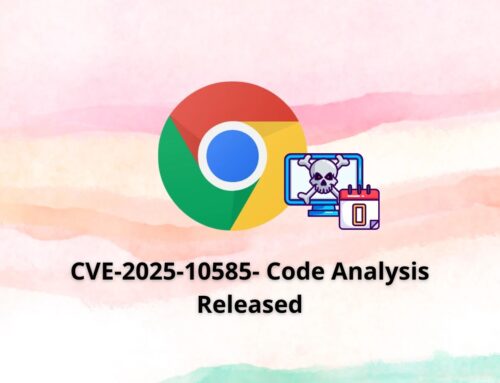
Top 10 Best Autonomous Endpoint Management Tools in 2025
The Future of Endpoint Management: Top 10 Autonomous Tools for 2025
The digital landscape of 2025 presents organizations with a formidable challenge: securing and optimizing an ever-expanding fleet of endpoints. From laptops and mobile devices to IoT sensors, each device represents a potential entry point for cyber threats. Compounding this challenge are increasingly sophisticated attacks and a workforce that is more distributed than ever before. Traditional, manual endpoint management approaches are simply no longer sustainable. This reality has propelled autonomous endpoint management tools from a luxury to a necessity. These intelligent platforms leverage artificial intelligence (AI) and machine learning (ML) to automate critical tasks, reduce IT overhead, and bolster an organization’s security posture.
Why Autonomous Endpoint Management Matters
At its core, autonomous endpoint management (AEM) automates the lifecycle of endpoint devices within an organization. This encompasses everything from initial provisioning and configuration to ongoing maintenance, patching, and eventual deprovisioning. The key differentiator for AEM in 2025 is its reliance on AI and ML. These advanced capabilities allow systems to:
- Proactively identify and remediate vulnerabilities, often before human intervention is required.
- Optimize device performance and resource allocation.
- Ensure continuous compliance with regulatory standards.
- Adapt to new threats and evolving device landscapes.
- Significantly reduce the burden on IT and security teams.
Consider the impact of a critical zero-day vulnerability, such as a future variant of CVE-2023-38820, which could exploit a widely used application. A traditional approach would require manual patching across potentially thousands of endpoints, a process that is both time-consuming and prone to error. An autonomous system, however, could detect the vulnerability, identify affected devices, and deploy patches automatically, drastically reducing the window of exposure.
Key Capabilities of Autonomous Endpoint Management Tools
Leading AEM solutions in 2025 typically offer a comprehensive suite of features:
- Automated Device Onboarding and Provisioning: Streamlining the process of adding new devices to the network, configuring them according to organizational policies, and deploying necessary software.
- Software Distribution and Updates: Efficiently deploying and managing software across all endpoints, ensuring applications are always up-to-date.
- Vulnerability Management and Patching: Continuously scanning for vulnerabilities, prioritizing risks, and automating the deployment of patches to mitigate exposure. This includes addressing critical vulnerabilities like those seen in CVE-2023-22518 affecting Atlassian Confluence.
- Compliance Enforcement: Automatically configuring and monitoring endpoints to ensure adherence to internal policies and external regulatory requirements (e.g., HIPAA, GDPR, PCI DSS).
- Threat Detection and Response: Leveraging AI to identify anomalous behavior, detect advanced threats, and initiate automated response actions to contain incidents.
- Performance Optimization: Monitoring device health, identifying performance bottlenecks, and automatically applying optimizations to enhance user experience and productivity.
- Endpoint Security: Integrating with antivirus, anti-malware, and intrusion prevention systems to provide a layered defense against cyberattacks.
Top 10 Autonomous Endpoint Management Tools in 2025
(Based on market trends and anticipated advancements, these represent the leading solutions for autonomous endpoint management.)
While specific rankings can fluctuate, the following tools are poised to dominate the autonomous endpoint management space in 2025 due to their comprehensive features, AI integration, and robust security capabilities:
- CrowdStrike Falcon Platform: Renowned for its advanced EDR capabilities and AI-powered threat prevention, CrowdStrike extends its autonomous capabilities to full endpoint lifecycle management, offering proactive defense against sophisticated threats.
- Microsoft Intune (with advanced AI/ML features): Part of the Microsoft 365 ecosystem, Intune is evolving to leverage Microsoft’s extensive AI research for autonomous policy enforcement, compliance, and patch management across diverse device types.
- Tanium: Known for its real-time visibility and control across endpoints, Tanium’s autonomous capabilities focus on rapid remediation, even in complex, distributed environments.
- SentinelOne Singularity Platform: A leader in AI-driven cybersecurity, SentinelOne offers autonomous protection, detection, and response capabilities, continually expanding into broader endpoint management.
- Ivanti Neurons for UEM: Ivanti’s platform uses automation and self-healing features to manage, secure, and service endpoints, addressing issues proactively and autonomously.
- VMware Workspace ONE (powered by Carbon Black): Combining unified endpoint management with advanced security, Workspace ONE is integrating more deeply with Carbon Black’s AI to deliver autonomous threat prevention and compliance.
- Automox: Specializing in cloud-native patch management and configuration, Automox excels at automating these critical security tasks across all endpoints.
- Qualys Cloud Platform (for Endpoint Security): While primarily a vulnerability management platform, Qualys is enhancing its endpoint agent to include autonomous patching and configuration enforcement based on continuous risk assessment.
- Kaseya VSA (with AI enhancements): Popular among MSPs, Kaseya is investing heavily in AI to automate routine management tasks, security monitoring, and reactive remediation.
- Cisco Secure Endpoint (formerly AMP for Endpoints): Integrating with Cisco’s broader security portfolio, this solution is leveraging AI for autonomous threat hunting and response, extending its reach into comprehensive endpoint control.
Remediation Actions for Mitigating Endpoint Risks
Beyond selecting a robust autonomous endpoint management tool, organizations must also implement sound practices to fully leverage these platforms and ensure a strong security posture.
- Regularly Review and Update Policies: Even with autonomous tools, policies need human oversight. Regularly review and update configurations to align with evolving threats and business requirements.
- Implement Multi-Factor Authentication (MFA): Protect endpoint access with MFA across all services. This dramatically reduces the risk of unauthorized access due to compromised credentials, a common attack vector in incidents like those exploiting CVE-2023-46805 in Ivanti products.
- Educate Users on Phishing and Social Engineering: Human error remains a significant factor in endpoint compromises. Continuous security awareness training helps users identify and report suspicious activities.
- Segment Networks: Isolate critical systems and sensitive data from general user networks. This limits the lateral movement of attackers even if an endpoint is compromised.
- Adopt a Zero-Trust Philosophy: Assume no user or device is inherently trustworthy, regardless of location. Continuously verify identity and permissions before granting access to resources.
- Maintain Comprehensive Logging and Monitoring: Ensure your AEM tools are configured to log all relevant activities. Integrate these logs with a Security Information and Event Management (SIEM) system for centralized monitoring and analysis.
- Conduct Regular Penetration Testing and Vulnerability Assessments: Periodically test your defenses, including your AEM setup, to identify weaknesses before attackers do.
The Path Forward for Endpoint Security
Autonomous endpoint management is transforming how organizations approach security and IT operations. By delegating routine, often repetitive, tasks to intelligent systems, IT professionals can focus on strategic initiatives and complex problem-solving. These tools not only enhance security by providing continuous, proactive protection but also drive operational efficiency and ensure compliance in an increasingly regulated and threat-laden environment. As organizations navigate the complexities of 2025 and beyond, embracing advanced autonomous endpoint management solutions is not merely an option, but a strategic imperative for continued resilience and growth.





